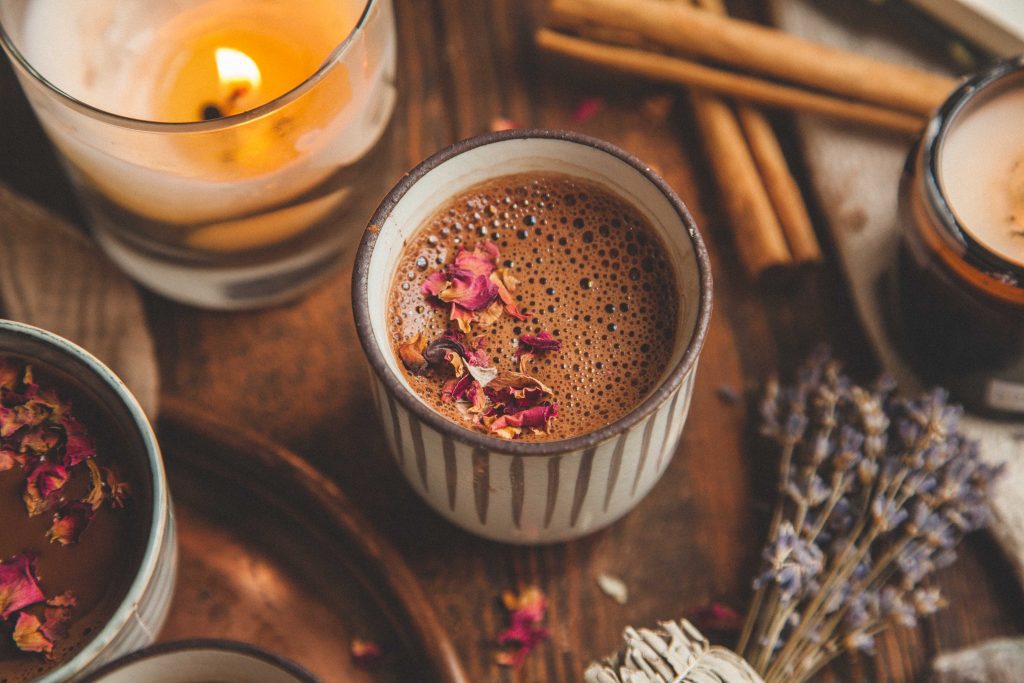Ceremonial Cocoa “Inner Fire”
82,00€
Ceremonial Grade Cocoa with traditional Mayan spices, grown and harvested by native Mayan tribes of southern Belize.
Traditional spices refine and intensify the powerful properties of cocoa and activate the inner fire; This exquisite blend contains cayenne pepper, Celian cinnamon and vanilla.
The native Mayans consider cocoa a sacred plant that heals and nourishes the body, mind and spirit.
These native cocoa beans are grown naturally, the same way as thousands of years ago, in harmony with pineapple, vanilla and Mapacho trees.
Cayenne pepper: It is a spice traditionally used by the Mayans to enhance the medicinal properties of cocoa. Increases blood flow and the amount of heat your body produces, igniting the fire within.
Ceylon Cinnamon: It is a traditional cinnamon that increases circulation, is rich in antioxidants and cinnamaldehyde, which has powerful antifungal and antibacterial properties.
Vanilla: The mixture of cocoa and vanilla forms an excellent symbiosis. Both the Aztecs and the Mayans used vanilla to enhance cocoa, and as an aphrodisiac element.
Type: Ceremonial Grade Cocoa.
Ingredients: Ceremonial Grade Cocoa, Cayenne Pepper, Ceylon Cinnamon and Vanilla.
Origin: Mayan tribes of southern Belize.
Presentation: Cocoa block.
Size: 500 grams.


